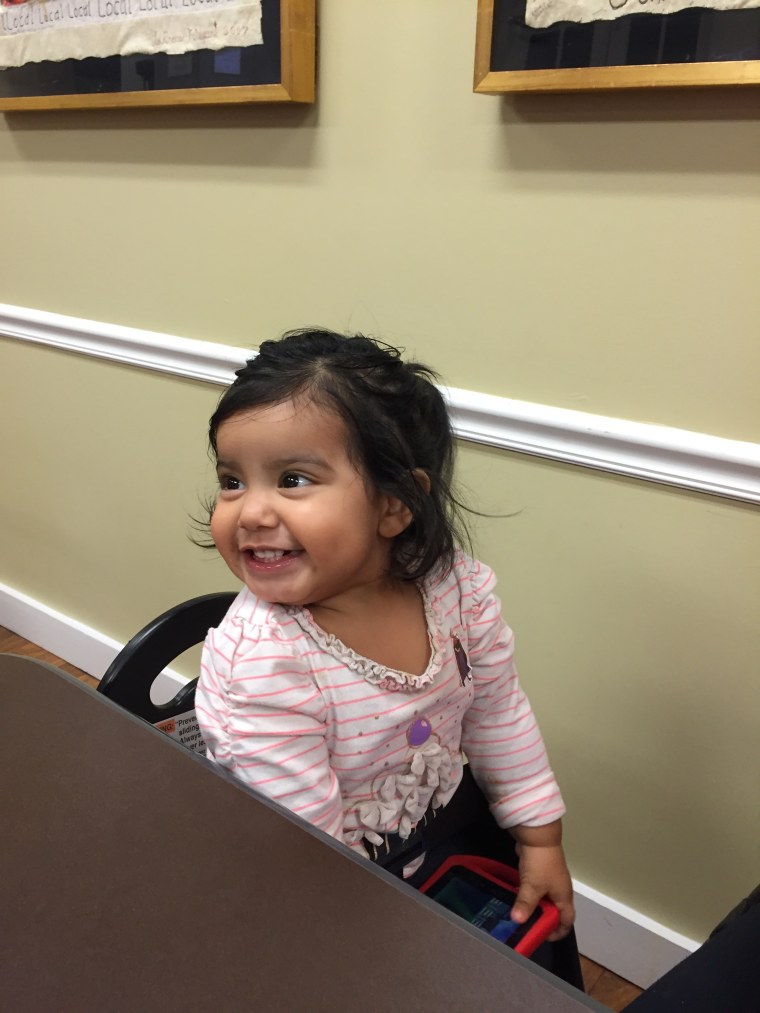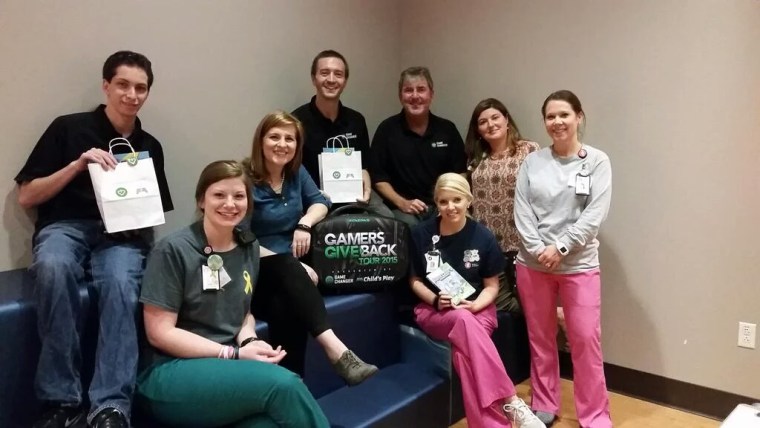Not long ago, Jamie Dillion visited a place established to help kids who have cancer in Alabama. Toward the visit’s end, she met a young, dark-haired girl in a striped shirt. Her family was palpably exhausted. Dillion gave the child a toddler-appropriate tablet. What Dillion remembers of the day is the image of the girl, tablet in-hand, surrounded by her family, who were still tired but also overjoyed.

“She was laughing and grinning. It was a great thing, just seeing the impact. It was a peaceful moment that tied everything together for me,” Dillion said.
Dillion runs Child’s Play, a charity that provides children in hospitals and domestic violence shelters with video games, consoles, and related accessories. Mike Krahulik and Jerry Holkins of the gamer-centric comic strip “Penny Arcade” founded Child’s Play in 2003. The news media, they felt, negatively portrayed gamers, so as a counteraction they asked the gaming community to donate to Seattle Children’s Hospital for the holidays. Within weeks, they’d raised over $250,000. Twelve years later, Child’s Play is a foundation benefitting 115 hospitals worldwide and 110 domestic violence shelters nationwide.
Child’s Play reaches children through a number of different avenues.
One is the creation of an Amazon wish list for selected hospitals, which allows people to buy items for the young patients; the toys are sent directly to the hospitals. A supplementary program enables cash donations, which fund the annual bulk purchase of consoles, games, movies, tablets, and controllers. The average donation, $20-$30, is enough to fully stock three hospital rooms with a game console, a tablet and one handheld console. Additionally, the foundation also provides a library of movies, games, and game accessories for each group of 20-30 rooms.
Child’s Play also works with AmazonSmile, a program that automatically donates a percentage of eligible purchases made at smile.amazon.com to the charity a customer selects.
“Our donors are very tech- and geek-oriented, so they shop on Amazon,” Dillion said. A single check from Amazon can cover nearly an entire hospital visit.
Additionally, the foundation donates to children through its domestic violence shelter program, which launched in 2013. A videogame cart (essentially an all-in-one unit) is sent to a domestic violence shelter or support facility with a preloaded gaming console with non-violent games and controllers. It’s on wheels, and can be rolled around to whomever needs it. Child’s Play has relationships with 110 long-term shelters, short-term emergency stay shelters, and advocacy centers.
“If a family is going in, and the parent needs to speak to a lawyer, the kid can now sit down with [a video game],” Dillion said. The games help combat boredom, a lack of friends, and an unfamiliar, frightening environment. “This lets kids be kids, if only for a short while.”
All the games are E10+; none are violent.
Child’s Play most recent project is called “Gamers Give Back Tour.” The initiative, launched in July, is the first time the foundation has directly visited hospital facilities.

“Traditionally Child’s Play had been hands off because we didn’t want a media circus,” said Dillion.
But for the Tour, Child’s Play partnered with Gamechanger, a charity whose mission – to positively impact the lives of pediatric cancer patients through the gaming community – is complementary. Personnel from both organizations bring video game materials directly to children’s hospitals; 15 so far this year.
Recent stops on the Tour included Boston Children’s Hospital, where 100-150 children and their siblings (“the forgotten victims of illness and hospital stays,” Dillion noted) were given games and meals, and New York’s Montefiore Medical Center.
“This was a good way for us to visit the hospitals, with just the right presence and humility,” Dillion said. The message, she said, is “There are gamers out there who care about you.”
The video games are not just a diversion. As Dillion points out, “We’ve seen an entire field of healthcare around videogames.” Indeed, studies have shown that for children and teens, certain types of video games can be therapeutic, help stave off depression, and can even be used to help treat pain. Children who are engaged in video games versus more passive entertainment tend to request less pain medication painful procedures, Dillion said.
By any measure, Child’s Play has been a successful. What began as a way to simply boost the gaming community is now in 22 international hospitals in 10 countries. They’ve raised nearly $35 million and expect to reach $40 million this year, while their donations affect a million children a year.
Child’s Play resonates with people, Dillion said because “we’ve all had a really rough day where all we want to do is come home and play our favorite games and get lost in that world for a while.
“It’s easy for us to imagine how beneficial that would be for a kid stuck in a hospital.”